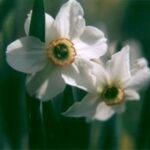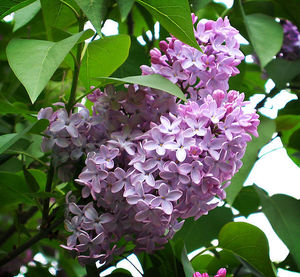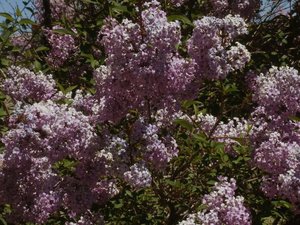Lilac bushes come in many sizes and colors. They can range in size from about 3 feet tall up to 30 feet tall. These bushes will bloom for only a couple of weeks each year, usually in the Spring of the year, but there are some varieties that will bloom during the Summer. Since there blooming span is so short, it would be a good idea to plant several varieties that do not bloom at the same time, so that you have lilacs blooming for several weeks. If you do not wish to grow your own, these beautiful, fragrant flowers are usually available from a florist. You can even send them to people if you choose. But, if you send these flowers to someone, beware that the different colors of these flowers can mean different things. Mauve Lilacs are intended to mean “Do you still love me” while Pink Lilacs mean youth and acceptance and White Lilacs mean “My first dream of Love.
Including Lilac bushes in your landscape theme is not difficult. With just a few basic facts to follow, they will grow and bloom for years. Propagation, pruning and care are these facts that need to be followed.
Propagation is usually easy. Simply buy a lilac bush that is two to three feet tall. This is the simplest way to add lilac bushes to a landscape. If you already have lilac bushes in your landscape, you can put some in other places as soon as you have small shoots that are one to two feet tall growing from your existing plant. Make sure these shoots have a good root system, dig them up, dig a whole in the new location, add compost to the hole and plant the new shoot. Water the newly planted shoots thoroughly. This transplanting will do better if the weather is cooler. Lilacs can also be propagated by gathering seeds from mature bushes, but is not commonly done.
Caring for a lilac bush includes planting it in the appropriate location, watering it and fertilizing it. Lilac bushes do best if they are planted on hillside or a slightly elevated area. If that type of terrain is not available, level ground with good drainage will do. The soil type that lilacs require ranges from clay to sandy with a pH of 6 to 7. Compost can be worked into this soil to further benefit these bushes. Lilacs do best if they are watered when they need it, but do not let them get water logged. A general fertilizer will need to be used in early Spring and then again after all the blooming is over. A fertilizer high in Phosphorous can be used in place of the general fertilizer in the early spring to promote blooming. Lilacs will bloom profusely every other year and the dead blooms should be removed as soon as they die. Pruning the bushes is the last step before the next growing season. This should be done immediately after the last bloom of the season has died because the new growth will begin in just a matter of a few weeks and the new flower buds may be cut off if this step is put off to long.






